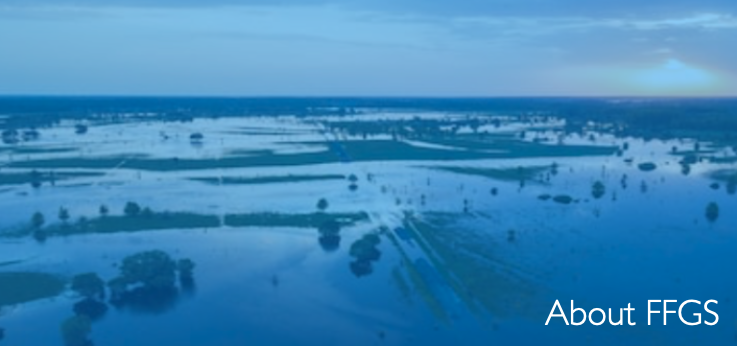About FFGS
Section outline
-
The FFGS provides operational forecasters and disaster management personnel with both, real-time information and diagnostic products, to improve their capacity to produce and issue timely and accurate flash flood warnings.
These products include remote-sensed precipitation data from radar and satellite-based rainfall estimates, and hydrological models. Furthermore, to permit the assessment of local flash flood threats, FFGS allows product adjustments based on the forecaster’s experience with local conditions; incorporation of information, such as Numerical Weather Prediction outputs; and additional local observations, including non-traditional rain gauge data or local observer reports.
The video below gives a brief overview of how FFGS supports the development of timely warnings that can help countries to safeguard their economies and save countless lives.
Since flash floods often cross national borders, the use of the same system approach within a region can facilitate international collaborations, which in turn, can encourage regional coordination of efforts.
The Project was launched in 2009 and is supported by four partners: the World Meteorological Organization (WMO), the National Oceanic and Atmospheric Administration (NOAA), the National Weather Service (NWS), and the Hydrologic Research Center (HRC); and three donors: the U.S. Agency for International Development (USAID/BHA), the Climate Risk Early Warning System (CREWS), Environment and Climate Change Canada (ECCC) and World Bank.
Since then, this initiative has been providing extensive training to hydrologists, meteorologists and disaster managers on the use of FFGS.
By 2023 various FFGS projects had already been implemented in 74 countries, providing the capability of issuing flash flood early warnings to about 3 billion people.

